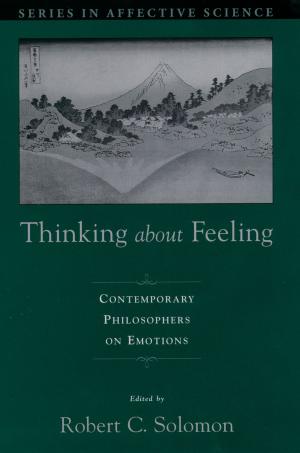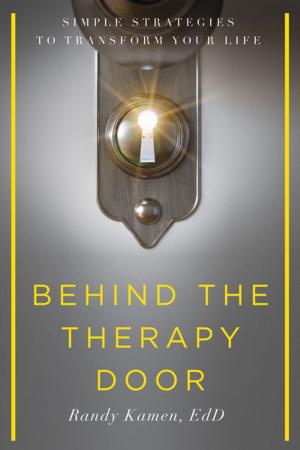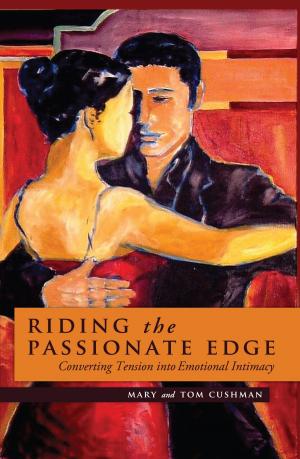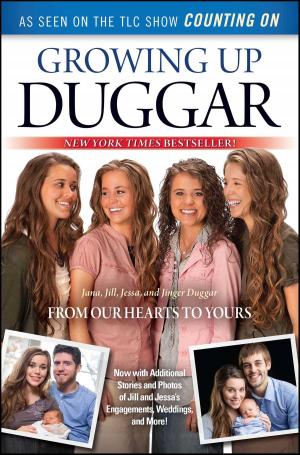A Quantitative Study Of The Visible Link Between Discourse Language And Juror Bias
Nonfiction, Health & Well Being, Psychology, Emotions| Author: | Dr. Phillip Clingan | ISBN: | 9781370316069 |
| Publisher: | Dr. Phillip Clingan | Publication: | November 7, 2017 |
| Imprint: | Smashwords Edition | Language: | English |
| Author: | Dr. Phillip Clingan |
| ISBN: | 9781370316069 |
| Publisher: | Dr. Phillip Clingan |
| Publication: | November 7, 2017 |
| Imprint: | Smashwords Edition |
| Language: | English |
This researcher conducted a quantitative descriptive comparative study to examine (a) what differences exist in potential jurors’ microexpression of emotions across the different felony crimes presented in Superior Criminal Court during the voir dire questions, (b) what differences exist between male and female potential jurors’ microexpression of emotions, and (c) what is the interaction between the gender of the juror and the gender of the lawyer regarding potential jurors’ microexpression of emotions? The theoretical framework was principally based on Paul Ekman’s (1957) study of emotions. Ekman found several micro-facial expressions, such as anger, disgust, fear, happiness, sadness, and surprise. This study used a quantitative descriptive comparative design in one geographic location in Washington State Superior Court to analyze juror biases which are problematic in the judicial process. Overall, the study results included a sample size of 48; a multivariate analysis of variance (MANOVA) test was used to address research questions (RQ) 1, 2, and 3. In all three research questions, the results of the MANOVA led the researcher to accept the RQ1 null hypotheses that a difference does not exist in jurors’ microexpressions of emotions across juror gender in Superior Criminal Court during the voir dire questions; the RQ2 null hypothesis that there is no difference existing between male and female potential jurors’ microexpression of emotions; and the RQ3 null hypothesis that there is no interaction between the juror gender and lawyer gender in Superior Criminal Court during the voir dire questions regarding the micro-facial expression demonstrated by potential jurors.
This researcher conducted a quantitative descriptive comparative study to examine (a) what differences exist in potential jurors’ microexpression of emotions across the different felony crimes presented in Superior Criminal Court during the voir dire questions, (b) what differences exist between male and female potential jurors’ microexpression of emotions, and (c) what is the interaction between the gender of the juror and the gender of the lawyer regarding potential jurors’ microexpression of emotions? The theoretical framework was principally based on Paul Ekman’s (1957) study of emotions. Ekman found several micro-facial expressions, such as anger, disgust, fear, happiness, sadness, and surprise. This study used a quantitative descriptive comparative design in one geographic location in Washington State Superior Court to analyze juror biases which are problematic in the judicial process. Overall, the study results included a sample size of 48; a multivariate analysis of variance (MANOVA) test was used to address research questions (RQ) 1, 2, and 3. In all three research questions, the results of the MANOVA led the researcher to accept the RQ1 null hypotheses that a difference does not exist in jurors’ microexpressions of emotions across juror gender in Superior Criminal Court during the voir dire questions; the RQ2 null hypothesis that there is no difference existing between male and female potential jurors’ microexpression of emotions; and the RQ3 null hypothesis that there is no interaction between the juror gender and lawyer gender in Superior Criminal Court during the voir dire questions regarding the micro-facial expression demonstrated by potential jurors.















